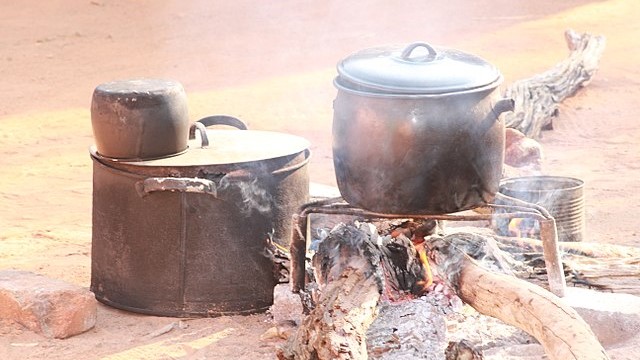In Botswana, food tells a story as layered as the land itself. Beyond its wide plains, acacia-dotted horizons, and herds of antelope, the country’s culinary traditions reveal a rich interplay between local agriculture, community life, and centuries-old techniques. Meals here are more than sustenance; they are cultural expressions shaped by history, climate, and the rhythm of daily life.
Staple grains form the backbone of the national diet. Maize, often ground into mealie meal, is transformed into pap or bogobe—firm or soft porridge served alongside an array of stews. Sorghum and millet, both drought-resistant and deeply rooted in the agricultural past, are equally prominent, finding their way into breads, porridges, and traditional brews.
Meat holds a central place at the table. Beef, goat, and chicken are prepared in ways that underscore the importance of communal gathering. The braai—Botswana’s version of a barbecue—brings friends and family together around open flames, where seasoned cuts are grilled to smoky perfection. The scent drifts through the air, mingling with conversation and laughter.
Seswaa, perhaps the country’s most emblematic dish, captures the spirit of Botswana’s cuisine in a single plate. Beef is simmered slowly until tender enough to shred, then served with pap and a side of morogo, a leafy green rich in flavor and nutrients. The preparation is simple, the flavors understated yet deeply satisfying—rooted in the principle that good food need not be elaborate to be memorable.
Accompaniments carry their own traditions. Chakalaka, a spicy relish of tomatoes, onions, and peppers, adds a bright counterpoint to heartier dishes. Its warmth and tang exemplify the country’s approach to seasoning: enhancing rather than overpowering the main ingredients.
Beverages also bear cultural weight. Traditional sorghum beer, known as tshwala, and honey beer are fixtures at social gatherings, their recipes passed down through generations. They speak to a communal way of living in which food and drink are shared, marking both everyday meals and special occasions.
Botswana’s cuisine is not static; it absorbs new influences while holding fast to its roots. The result is a culinary landscape where local produce meets bold flavors, and where every dish, from humble grains to celebratory feasts, reflects the resilience and warmth of the people who prepare it.
Sources:
- Parsons, N. A New History of Southern Africa. Macmillan, 1993.
- Motlhanka, G. “Culinary Traditions in Botswana.” Botswana Guardian, July 14, 2022.
- “Food and Drink in Botswana.” Botswana Tourism Organisation, 2023.


